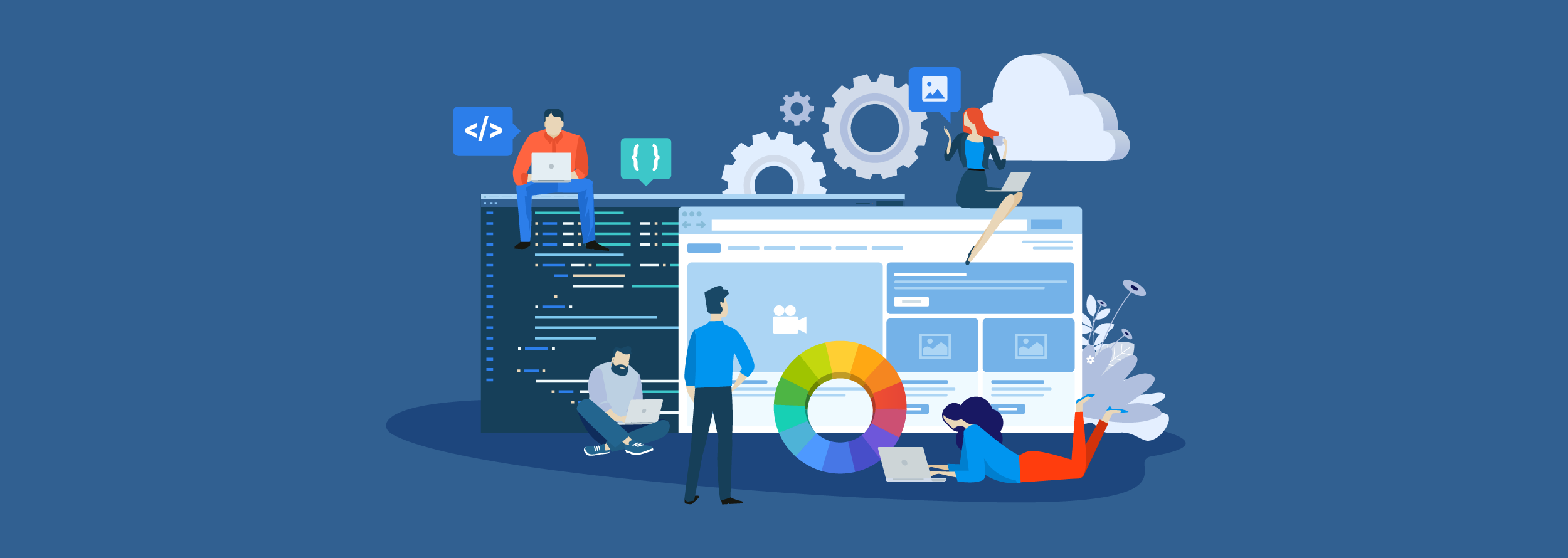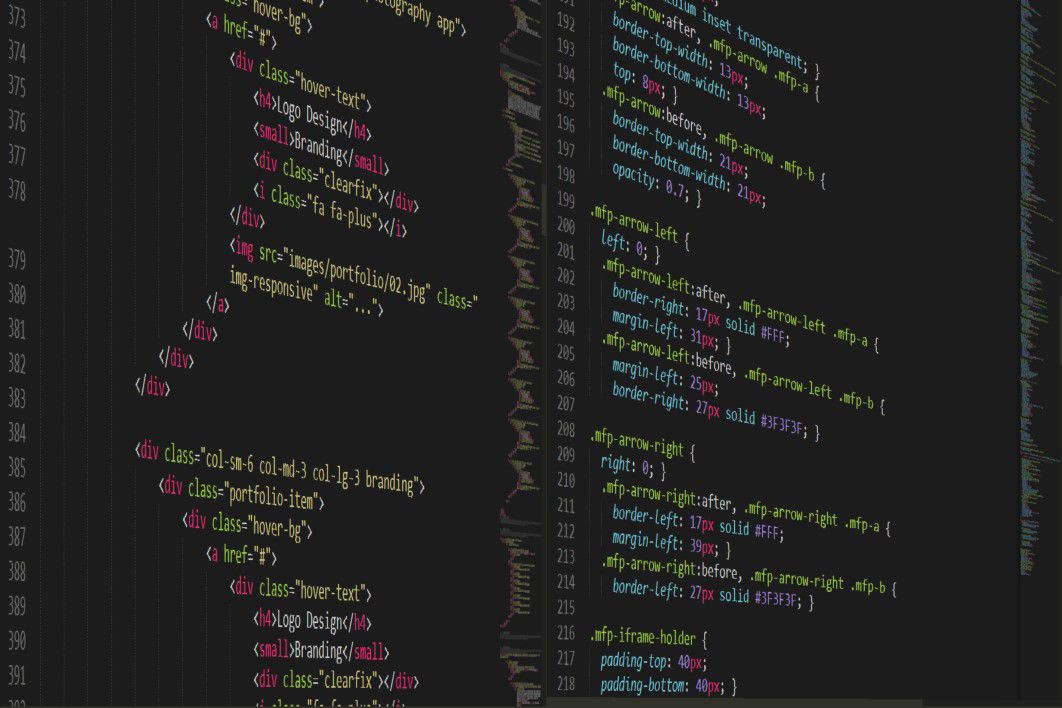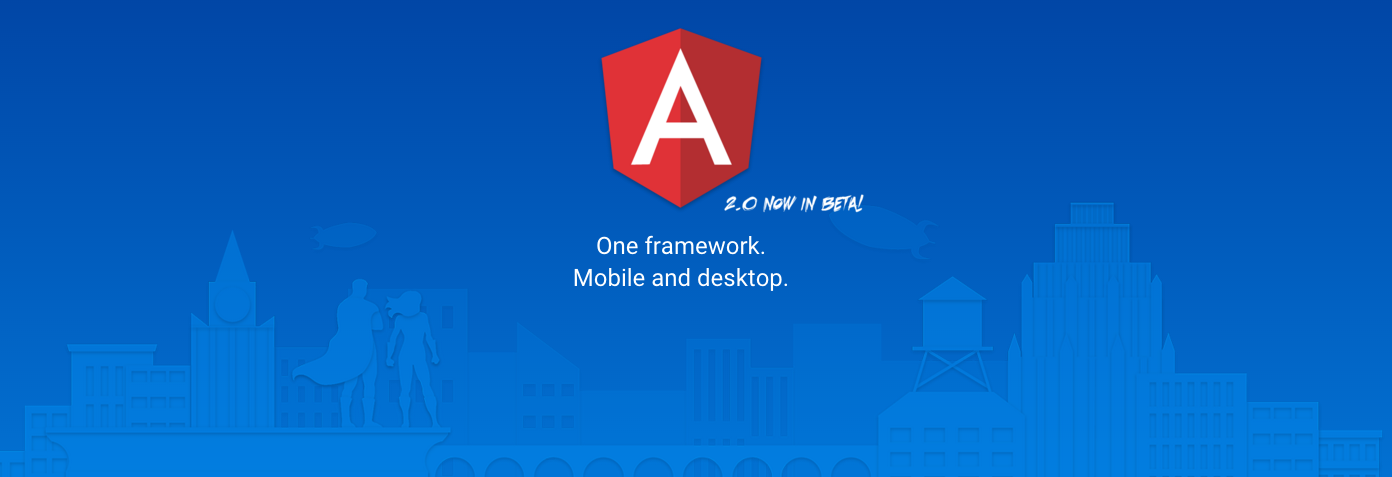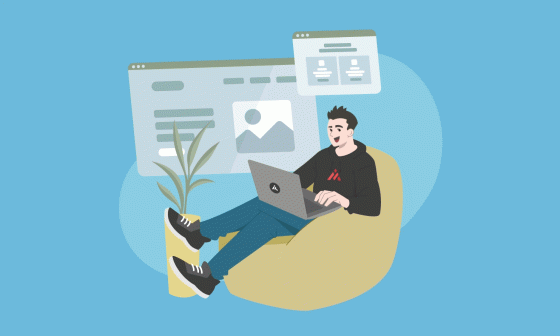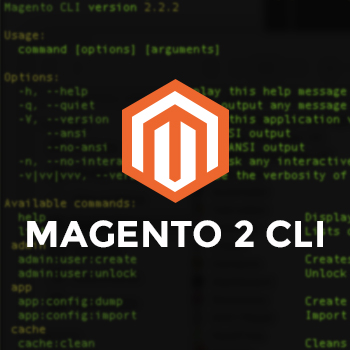A definition of teamwork is interacting, discussing, and thinking in a coordinated and cooperative way with a common goal. But sometimes, creating this desirable workflow in a multidisciplinary team can be hard. This article is written from a designer’s perspective on how to really team up with developers when creating a digital product. Keep reading to know how you and your peers can rock as a team!
Working together
As designers, in the first place, we are concerned with how a product will look and behave in a User Experience (UX). But we often do not take the time to interact and discuss with the development team about how to build it. And, you know what? That’s a total mistake. We must be in constant communication. We need to know how their job is going to have consequences on design decisions.
Some points to consider
IMHO as a designer, these are some important points when collaborating with a developer:
Respect
Designers and developers carry out equally essential tasks in creating and building a product; the moment these tasks begin, you can create strong foundations or run the risk of building a house of cards.
Having a fluid and respectful collaboration can lead us to exceed expectations and enjoy the process of developing a project.
Cooperation
It is crucial that we feel from the beginning of a project that we are part of the same team, we share the same goals, and we will work together to achieve them.
If this does not happen in the first place, we take the risk of falling into the trap where designers or developers usually refer to their respective work teams with the personal pronouns “we” and “they”. So, there is no real teamwork at all.
“We design and generate the resources for them”… Oh, oh. A phrase like this, mmm is a terrible sign. It could soon lead us to scenarios where terms such as “Your specifications were not clear” or “The design implementation was in the wrong way”.
The first step in avoiding such a situation is to adjust your attitude towards collaborative work. As a designer, a developer’s knowledge and experience are invaluable when you are willing to listen. Take a note: your best ally in the development of a digital product is the developer.
Designers: Your best ally when developing a digital product, is the developer!
So, do some pairing! Have conversations with them, joke around, discuss, and exchange opinions on different topics. You will indeed find a lot in common, or you will see and learn from another perspective. It will always be a win/win if you are willing to listen.
Working together in the early stages
The best way to collaborate is to do it —together— from the early stages of a project. Both designers and developers have essential roles in product development and must understand and share their vision.
For example, in the early stages of conceptualization, when designers work on user maps, developers define the general architecture of the product, the components that will be required, the libraries and tools to be used, and the framework for its development. By working together, the design decisions made can influence the architecture of the product or vice versa.
As long as there are cooperation and coordination, the project will be enriched and have a clear and healthy vision.
The decisions about the architecture in the development of the project can significantly impact the project’s design. But, as long as there are cooperation and coordination, the project will be enriched and have a clear and healthy vision.
Parallel work
By working on development simultaneously, designers and developers can truly own the product and hold themselves accountable alike.
By working on development simultaneously, designers and developers can truly own the product and hold themselves accountable alike. That’s why it is essential to plan the design and development of a product together. You have to give room to design when planning sprints.
Unfortunately, in many cases, straightforward tasks are not well defined for designers or the design process taken into consideration. Designers must be proactive in this matter. As a designer, you need to clarify each of your design processes’ development needs and have all the assets ready to work with them.
For example, suppose you find yourself where the developer starts working on the code before the design is defined. In that case, you will end up rushing your processes, adjusting the design to existing code, and increasing the chances that both of you will be dissatisfied with its work.
Progress Review
It is essential to review the design progress with the developer. Reviewing each stage in detail will allow us to avoid surprises in later phases when the work is much more advanced.
Listen to comments and feedback!
Developers know many techniques and resources that designers do not know. It is very likely that after a conversation with them, we will end up with many new ideas to implement in the design, thanks to those resources that we surely did not even know existed. Listen and be open to feedback, doing it will help enrich the design and development of the project.
Agreements
Never modify an already authorized design during implementation unless necessary. Define how you are most comfortable working. Will you use a design system? Will they work with components? Where will they share assets for development?
Remember that simple logic, such as creating reusable components, is good practice.
Participate in the planning of the sprints, the backlog, the retrospectives, and daily stand-ups, interact, discuss, propose, and reach agreements to reach a common goal.
Finally, always be available to answer any questions or explain details. If your help is needed, be sure to give it. Remember that collaboration is essential for teamwork.
“Individually, we are one drop. Together, we are an ocean.”
– Ryunosuke Satoro.
